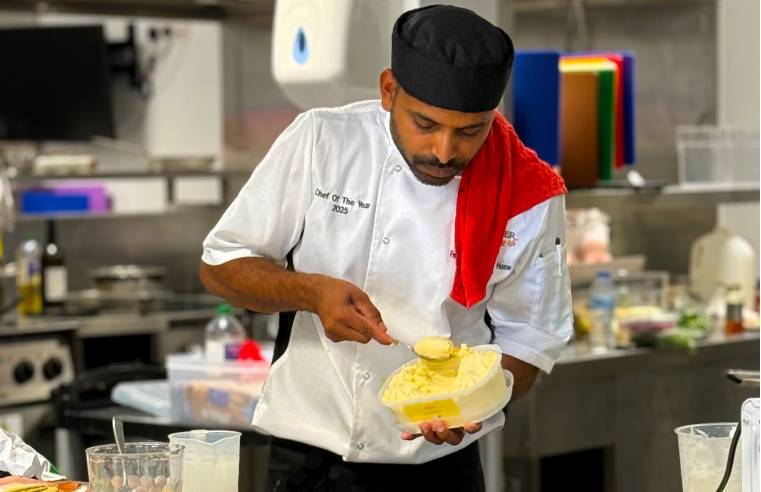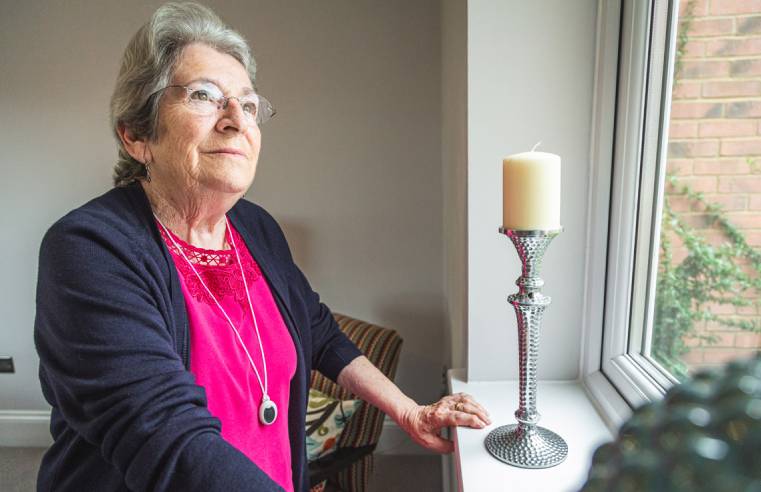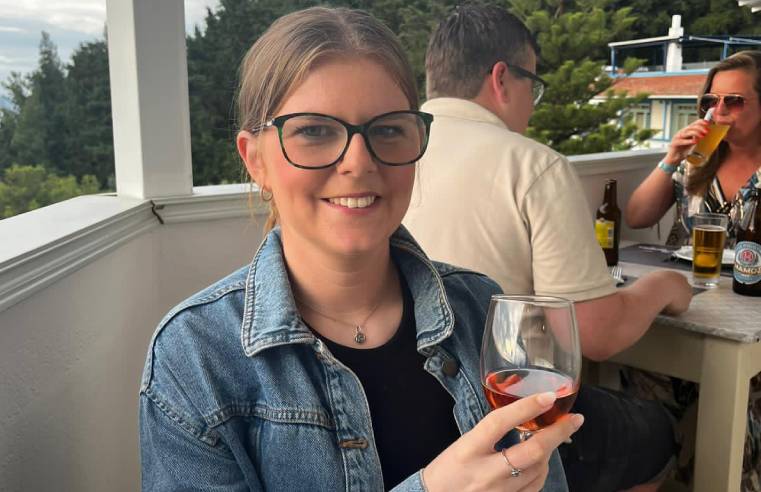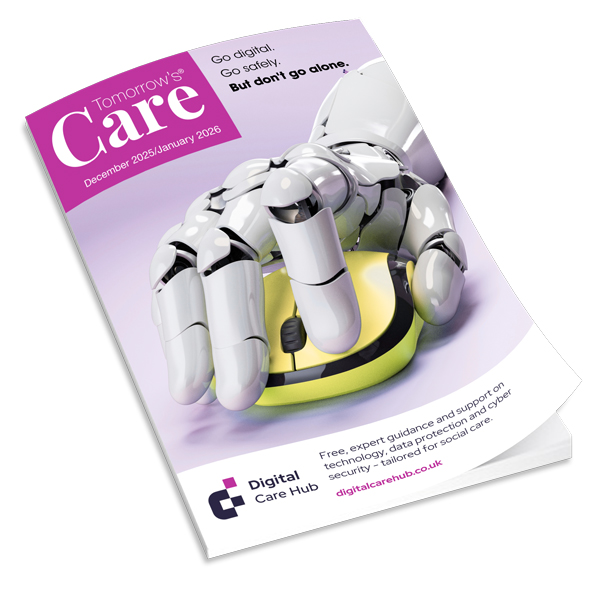Never overestimate the importance of having the right people, with the right skills and the right mindset in place when it comes to safeguarding, says Rob Finney, Chief Operating Officer at Tristone Healthcare.
The social care sector has faced unprecedented challenges over the past 18 months, as it tackles the ongoing complexities of a global pandemic. The safety of looked-after individuals and staff has been paramount and continues to take centre stage in the operational approach of every organisation.
But while the safety of everyone has been crystalised by the coronavirus, it’s fair to say that the word, sentiment, ethos, and approach to safety has, and will always be, crucial to the success of social care – pandemic or not. People, whether they’re under the care of an organisation, or helping to drive it forward, must be the number one priority. Residents and their families should be confident in the knowledge that safeguarding is a non-negotiable, while at the same time, employees should understand its importance and trust that the cultural and operational framework of an organisation will support and empower them to do the best job.
So why is it so important to embed a culture of safeguarding within an organisation?
The culture of safeguarding has changed dramatically over the last 10 to 15 years, because of several high-profile scandals. Those cases, and the subsequent reviews that came from them, have thrust safeguarding, quite rightly, under the spotlight and confirmed in many people’s minds that developing a strong and robust culture that everyone buys into is key to success. As an organisation, you can have a myriad of processes, policies, and procedures in place. However, if you fail to instil customs, ideas, and behaviours that champion safety and wellbeing, then those systems will ultimately fail.
Throughout many organisations, the absence of a safeguarding culture, and the ability to challenge those in charge, has allowed difficult and confrontational behaviour to erode standards of conduct. The conclusions reached by various studies, and the BBC review led by Dame Janet Smith in 2016, clearly demonstrates the need for a safe culture in social care and other environments where vulnerable people are served.
The importance of safeguarding and embedding it into the culture of an organisation is undisputed. But when challenged with delivering it, or in some cases fixing it, what needs to be done to achieve the overriding goal? There are many things that combine to make a successful culture of safeguarding. Whether it’s being open and honest within care environments, so that we can best meet person-centred care, to ensuring each person is motivated to always improve and continuously strengthen the safeguarding of adults and children.
What’s more, one must never overestimate the importance of having the right people, with the right skills and the right mindset in place, empowering those individuals to make informed decisions, while always encouraging and championing effective communication and partnership working. In that sense, collaboration is key – best practice in safeguarding can only be achieved if it’s done collectively, by combining the expertise and vision of all partners and stakeholders.
Once you have succeeded at the hearts and minds piece, governance and processes will then naturally flow from that. If you combine the cultural buy-in with a strong infrastructure, including policies, procedures, governance, a performance framework, learning and development, as well as a mission, vision, and values, then the chances of success are far greater.
At the end of the day, if an organisation has a good culture, then this becomes an internalised social norm and a value of that setting. This cannot then be traded off against any other goals, it becomes non-negotiable. That is what a safeguarding culture needs to be.





















